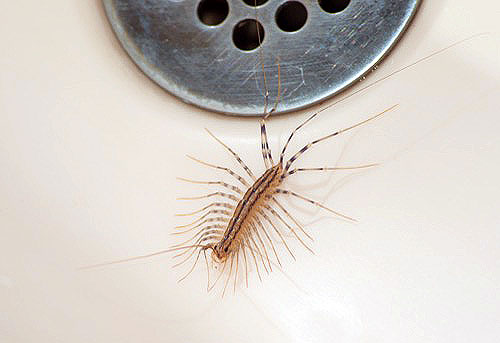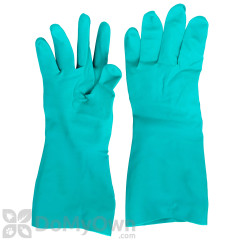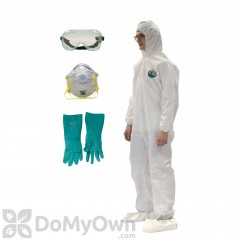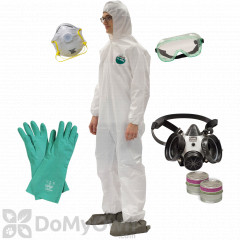
While they do not cause damage to furniture or food, the house centipede (Scutigera coleoptrata) can be alarming due to their appearance and frightening speed. They reproduce quickly and can become a nuisance if not treated.
Typically, house centipedes live outdoors, but they may have entered your home in search of food or shelter. Often, the house centipede is seen in damp areas in and around homes.
Read below to find out where to look to find the source of your house centipede infestation and then read our guide on How to Get Rid of House Centipedes for the best treatment solutions.



